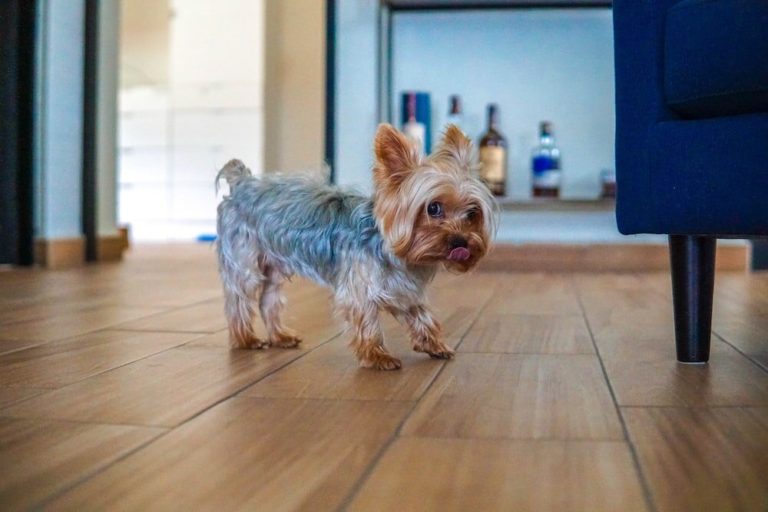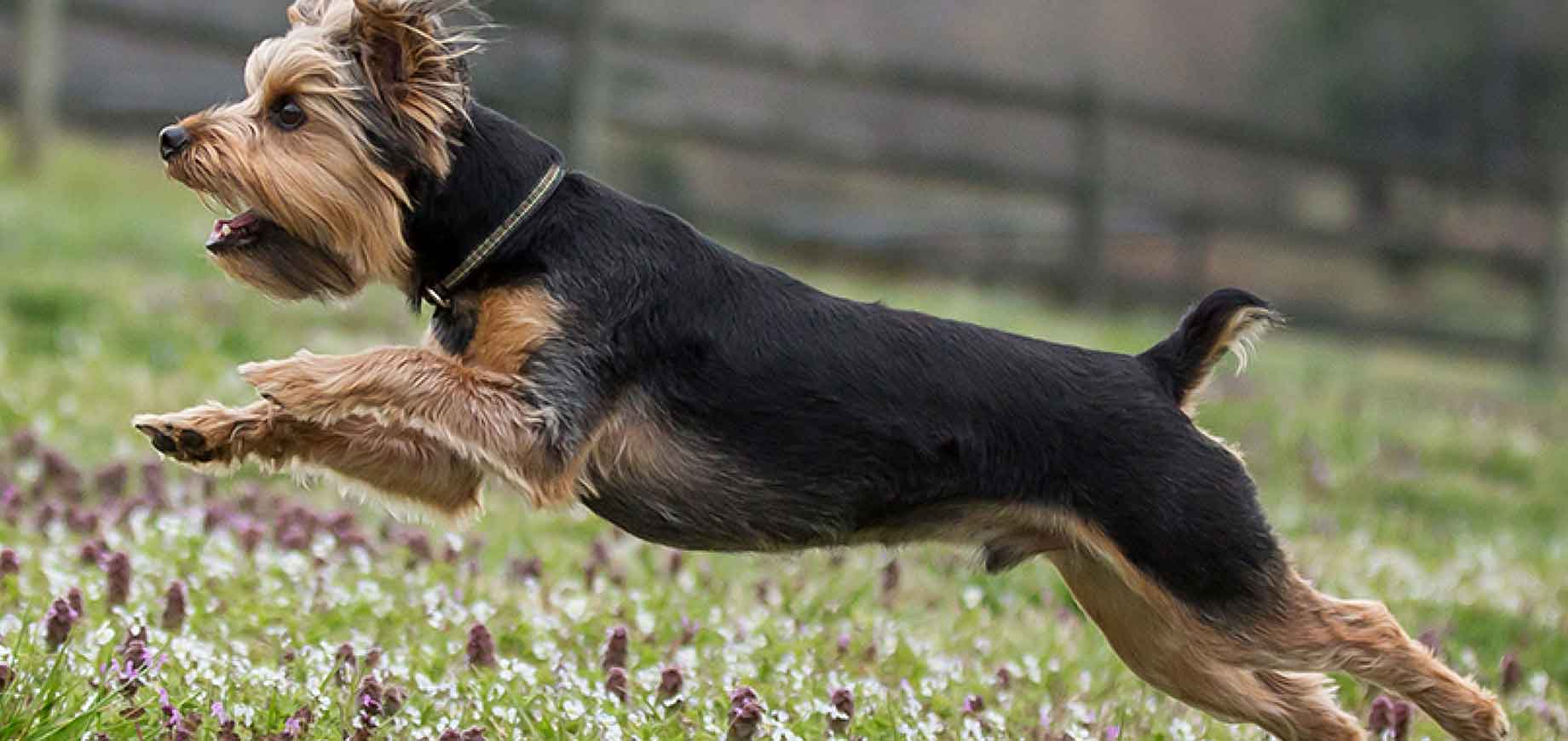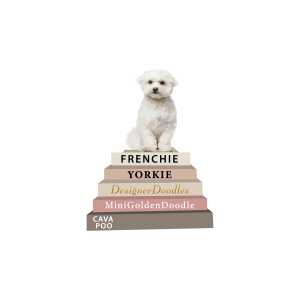About Yorkie

Health
Yorkshire Terriers are generally healthy dogs, and responsible breeders screen their stock for health conditions such as eye anomalies and luxating patella, a dislocated kneecap once called a ‘trick knee’ in humans. To help avoid the latter, care should be taken to limit the Yorkie’s jumping height, especially as a puppy.
Grooming
The Yorkshire Terrier’s coat is very similar to human hair and should be treated accordingly. If the coat is kept long, it needs to be brushed daily. To avoid eye irritation, the hair on the upper part of the head should be trimmed short or pulled up into a topknot. The Yorkie will need a bath every week or so. Check the ears weekly for any debris or signs of infection. The breed’s national parent club, the Yorkshire Terrier Club of America, provides detailed grooming and bathing instructions on its website.
Excercise
Even small dogs require exercise to stay healthy, both mentally and physically. Yorkies will benefit from both moderate exercise, such as walks with their owner at a steady pace, as well as occasional short bursts of activity, such as chasing after a tennis ball in the backyard. A short walk twice a day will likely be enough for your Yorkie to see new scenery and burn off energy. Participating in dog sports such as obedience or agility also will provide beneficial activity to keep him healthy, while challenging his mind as well.
History
The Yorkshire Terrier was developed during the mid-1800s in the northern English counties of Yorkshire and Lancashire. It became a fashionable lapdog for proper English ladies in late Victorian times, but its beginnings were distinctly working-class.
The breed is said to be the creation of weavers from Scotland who migrated to the English north country and brought their Scottish terriers with them. (We pause here to make the distinction between Scottish terriers, that is, terriers of Scotland, and the particular breed designated as Scottish Terriers.) Several breeds of now-extinct Scottish terriers are a part of the Yorkie’s genetic mix, along with such still-extant terriers as the Skye and Dandie Dinmont. One historical source suggests the addition of Maltese blood.
The Scots weavers were proud of their tough little terriers, bred small enough to squeeze into the nooks and crannies of textile mills in pursuit of rodents. Jokes were made about the Yorkie’s long, silky coat, inferring that its finely textured hair was a product of the looms. The Yorkie’s home region was a center of mining as well as textile making, and many Yorkies were employed in coal mines as exterminators.
The turning point in the breed’s history came in 1886, when the Kennel Club (England) granted the Yorkie recognition. With this splash of publicity, the Yorkie became fashionable as a ladies’ companion. And, as the Yorkie’s popularity among the fashionable increased, its size decreased to better meet its new job description: adorable, amusing companion sitting in the lap of luxury.
Yorkies were first seen in America in the 1870s, and the AKC recorded its first Yorkie, a female named Belle, in 1885.

Training
Yorkies love their owners, and are very intelligent and eager to please. Offering effusive praise and treats for good behavior will work far better with the Yorkie than harsh corrections. Starting from an early age, the Yorkie should be socialized to strange situations, people, and other dogs. Take him into new situations slowly, and always in a calm and happy atmosphere. These should be positive experiences. Despite their small size, Yorkies can participate in and excel at canine activities such as rally, agility and obedience, and many Yorkies serve with their human partners in roles such as therapy work.
Nutrition
The Yorkshire Terrier should do well on a high-quality dog food, whether commercially manufactured or home-prepared with your veterinarian’s supervision and approval. Any diet should be appropriate to the dog’s age (puppy, adult, or senior). Some dogs are prone to getting overweight, so watch your dog’s calorie consumption and weight level. Treats can be an important aid in training, but giving too many can cause obesity. Learn about which human foods are safe for dogs, and which are not. Check with your vet if you have any concerns about your dog’s weight or diet. Clean, fresh water should be available at all times.

